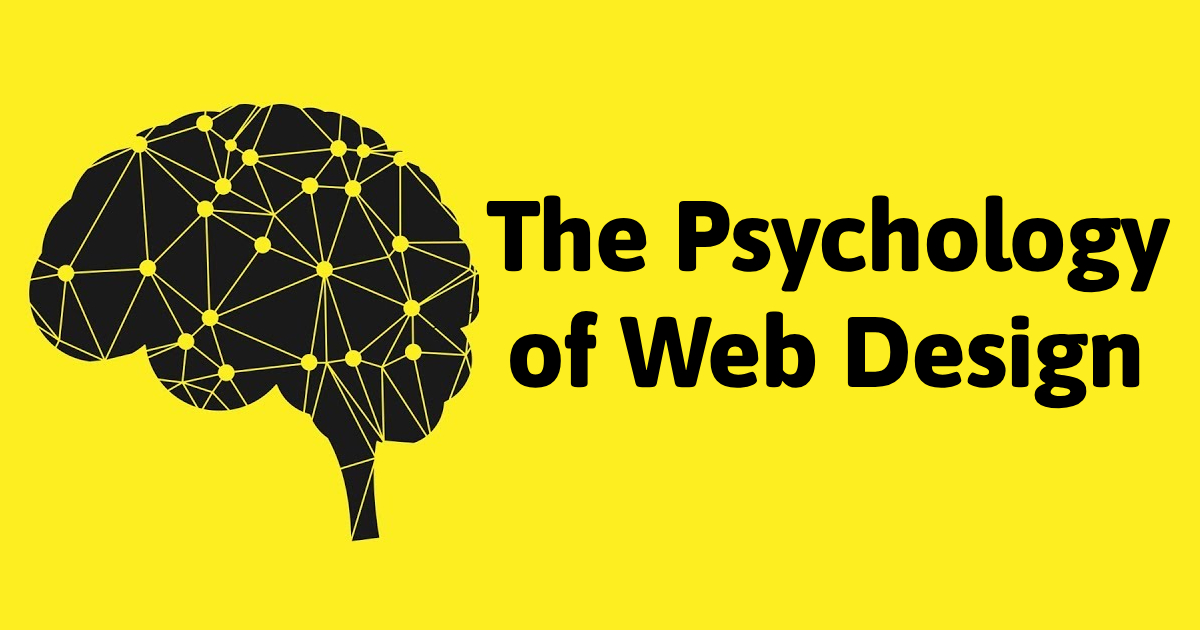In the ever-evolving digital landscape, web design is not just about aesthetics; it’s a powerful tool that delves into the intricate workings of the human mind. The marriage of psychology and web design is a dynamic partnership that aims to create user-centric experiences.
In this article, we explore the fascinating world of the psychology of web design and how it influences user behavior, satisfaction, and engagement.
1) The First Impression
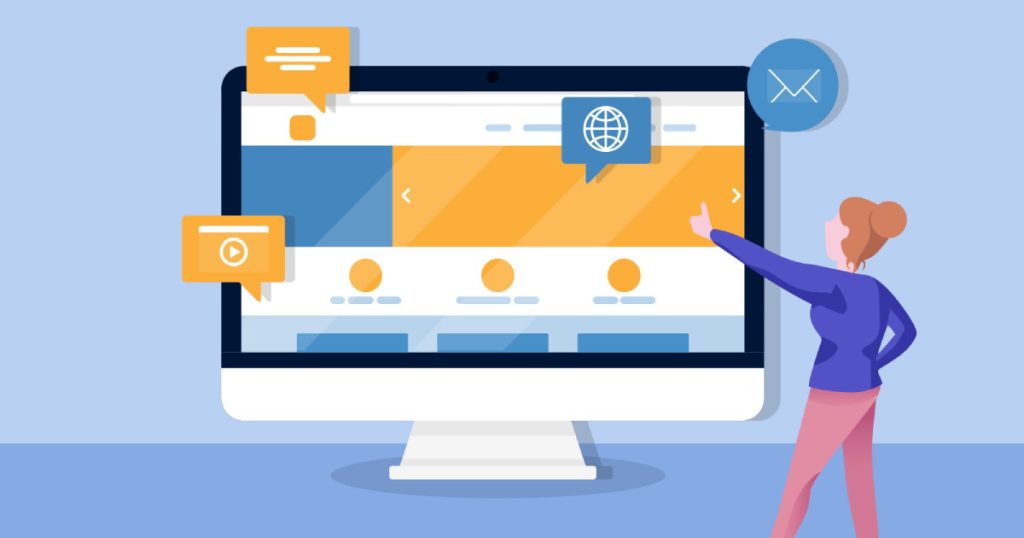
In the world of web design, first impressions are akin to a virtual handshake. Websites have just a fraction of a second to establish a compelling first impression, a phenomenon deeply rooted in psychology, known as the “halo effect.” This psychological concept highlights how people tend to form swift judgments about a website based on its visual appeal. When a site boasts a clean, professional, and aesthetically pleasing design, users are more inclined to attribute qualities like reliability and value to its content. It’s as if a positive aura surrounds the site, influencing users to trust and engage with it. However, the flip side of the coin is equally valid. If a website’s initial visual impact is negative, overcoming that initial skepticism and regaining user trust can be a formidable challenge. Thus, web designers meticulously craft the visual aesthetics of a site to ensure a favorable first impression that sets the stage for a positive user experience.
The “halo effect” underscores the critical importance of a visually appealing and professional web design. It’s not merely about making a site look good; it’s about establishing a foundation of trust and credibility. Users are more likely to explore further and engage with a website when they perceive it as visually pleasing, and this positive impression paves the way for building a strong online presence and fostering enduring relationships with the audience. In the fast-paced digital realm, where competition is fierce, the “halo effect” serves as a powerful reminder that the aesthetics of a website are not superficial but deeply intertwined with how users perceive and interact with digital content.
2) Cognitive Load and Simplicity
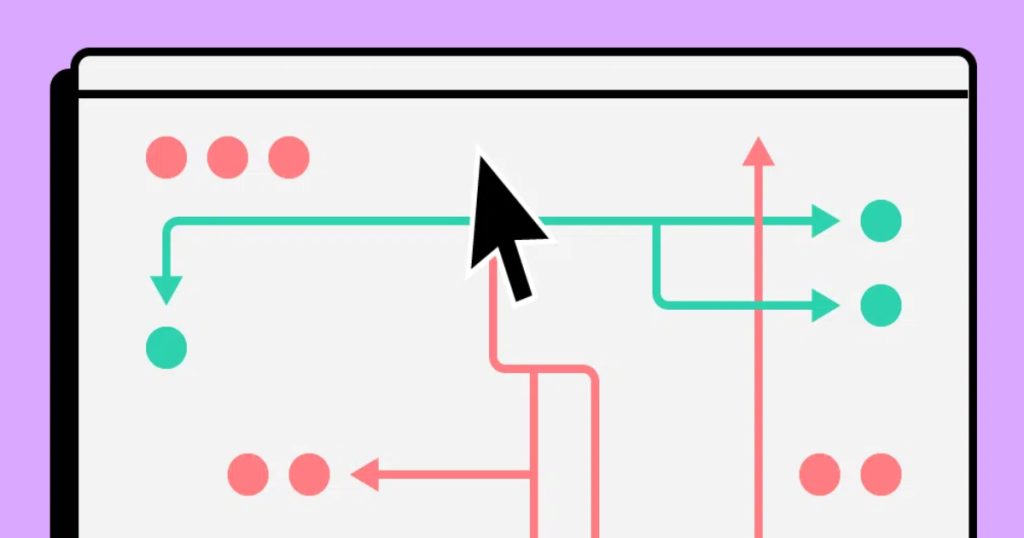
Cognitive load theory, a foundational concept in psychology, sheds light on the way our brains process information. It posits that individuals have a finite cognitive capacity for absorbing and managing information. In the context of web design, this theory serves as a guiding principle, emphasizing the critical importance of simplicity. Web designers must work diligently to minimize cognitive load by presenting information in an organized and easily digestible manner. This is accomplished through several design elements, such as clear and intuitive navigation menus, concise and well-structured content, and user-friendly interfaces. By reducing the mental effort required to navigate a website, designers can create a user experience that is both efficient and enjoyable, ultimately motivating users to explore the site more deeply.
Simplicity in web design not only benefits the user experience but also aligns with fundamental principles of human cognition. When a website’s design is intuitive and straightforward, users are better able to grasp and remember the information presented. In contrast, cluttered or complex designs overwhelm users, causing frustration and increasing the chances of them abandoning the site. By embracing the concept of cognitive load and simplifying their designs, web designers help users access content more easily, engage with it more effectively, and leave with a positive impression. In a digital age marked by information overload, the ability to simplify and streamline web design is a testament to the psychological insights that guide the creation of user-centric online experiences.
3) Color Psychology
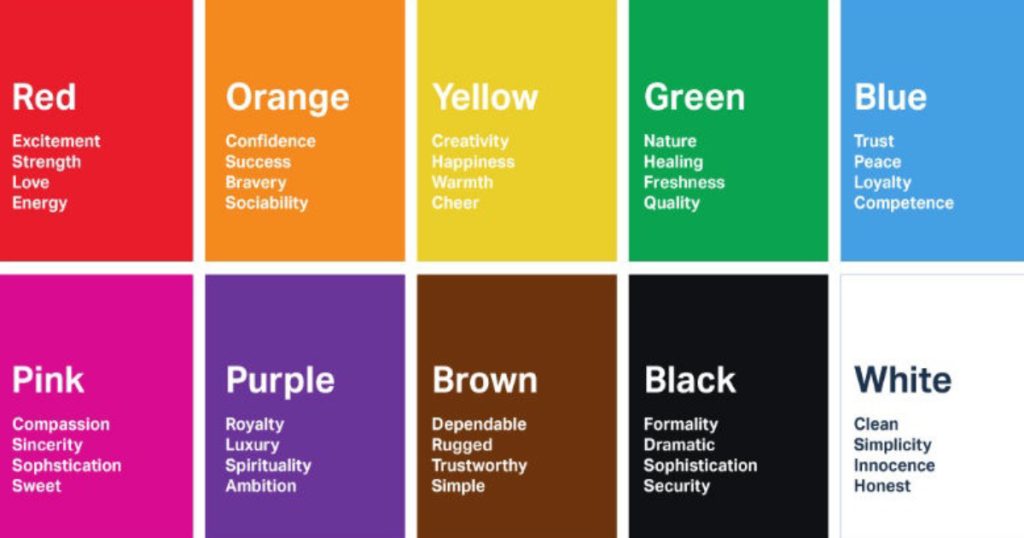
Web design is a canvas where colors are not just visual elements but potent communicators of emotion and meaning. Color psychology, a branch of psychology in its own right, highlights the profound impact colors have on human perception and behavior. Different colors evoke distinct emotions and associations in people. For instance, the color red is often associated with urgency, excitement, and importance. When used strategically, it can grab users’ attention and prompt them to take immediate action. Conversely, blue is frequently linked with feelings of trust, calm, and stability. These emotional cues are far from arbitrary; they tap into deep-seated psychological responses. Web designers recognize this and skillfully leverage color psychology to create specific emotional responses and guide user behavior.
Color psychology in web design extends beyond mere aesthetics; it directly influences user engagement and the effectiveness of call-to-action (CTA) elements. For instance, the choice of color for CTA buttons can significantly impact conversion rates. A well-placed, strategically colored “Buy Now” button can elicit a sense of urgency or excitement, nudging users toward making a purchase. Moreover, color palettes can be used to convey the identity and values of a brand. By thoughtfully selecting colors that align with a brand’s message and personality, designers can enhance the user experience, foster trust, and create a more emotionally resonant connection between users and the website or product. In this way, color psychology is an artful blend of science and design, offering web creators a nuanced and powerful tool to shape user experiences and behaviors.
4) Typography and Readability
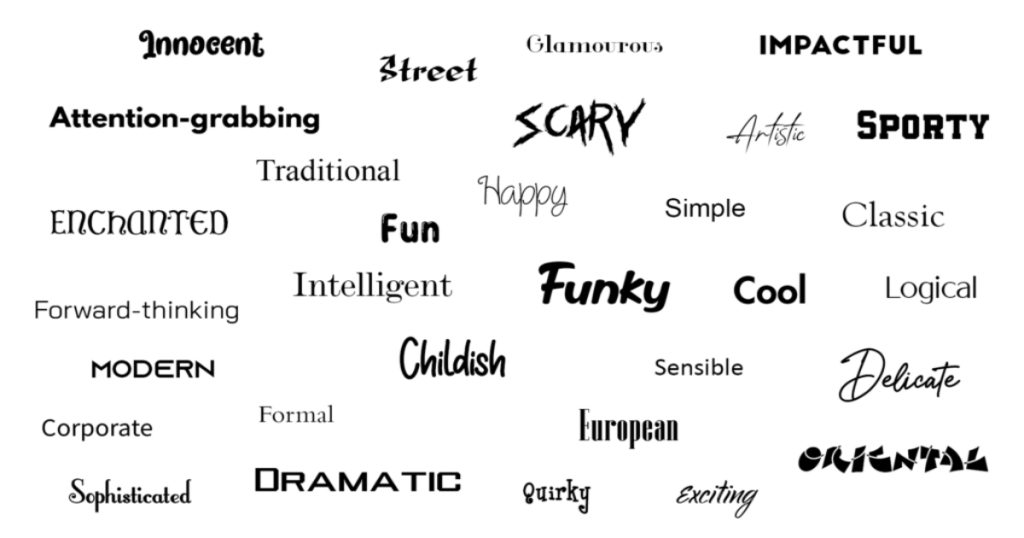
Typography, often considered the silent conductor of web design, wields a profound influence on user engagement. Beyond being an aesthetic choice, typography is a psychological lever that directly shapes how users interact with content. Its impact is most evident in the realm of readability, a cornerstone of effective web design. Readability is not just about legibility; it encompasses the entire user experience when consuming textual content. The choice of fonts, text size, line spacing, and paragraph width significantly influences how users perceive and absorb information. When web designers prioritize good typography, they’re essentially providing users with a smoother reading experience, creating an inviting environment where content is effortlessly digested.
The impact of typography on readability transcends the visual realm; it resonates with the cognitive aspects of human psychology. When text is easy to read, users are more likely to engage with it, comprehend its message, and stay on a website longer. This, in turn, fosters a positive user experience, encourages content consumption, and can enhance the overall perception of a brand or website. Good typography isn’t just an aesthetic consideration; it’s a fundamental component of creating web experiences that are not only visually appealing but also intellectually inviting and user-friendly. In the fast-paced digital age, where information abounds, the role of typography in ensuring effective communication and user engagement cannot be overstated.
5) User-Centered Design
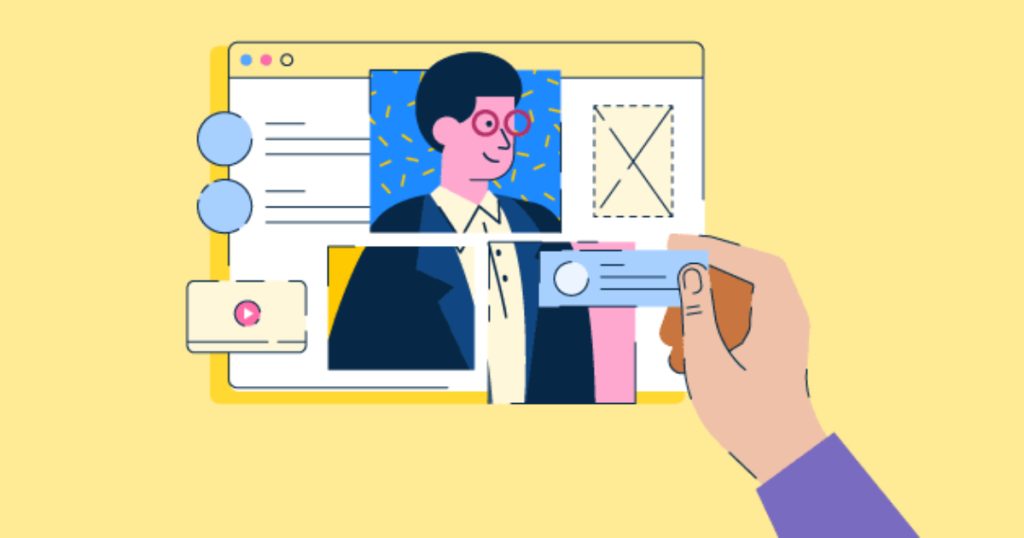
User-centered design is the cornerstone of psychology-driven web design. At its core, this approach revolves around a profound understanding of the end-users – their motivations, needs, behaviors, and preferences. It’s an intricate process that begins with extensive user research, delving deep into the intricacies of the target audience. This research often leads to the creation of user personas, fictional representations of typical users, which serve as touchstones for design decisions. Beyond personas, usability testing is a pivotal step, allowing designers to observe how real users interact with the website, identify pain points, and make data-driven improvements. By putting the user experience at the forefront, websites can craft experiences that resonate with their audience on a personal level, ensuring that their needs are met, and their expectations exceeded. This user-centric approach results in higher user satisfaction and engagement, creating not just customers but brand advocates.
Psychology-driven web design acknowledges that effective design is not only about aesthetics but also about human behavior. By applying principles of psychology, designers gain insights into how users think, act, and feel when they interact with a website. This understanding empowers designers to make strategic design choices that align with the cognitive and emotional aspects of users, creating experiences that are not only functional but also emotionally resonant. In a world of ever-evolving digital experiences, web designers who prioritize user-centered design tap into the science of human behavior, ensuring that their creations foster trust, satisfaction, and lasting connections with their audience.
6) Social Proof and Trust

Human beings are inherently social creatures, and the psychology of web design skillfully leverages this fundamental aspect of human nature. Elements such as user reviews, testimonials, and trust badges are prime examples of how web designers tap into the principle of social proof. This psychological phenomenon underscores the idea that individuals tend to follow the crowd or seek validation from the actions and experiences of others. In the context of web design, when users encounter a website adorned with positive user reviews and glowing testimonials, they instinctively draw comfort from the fact that others have had favorable experiences. This validation from peers fosters a sense of trust and credibility, making users more likely to place their faith in the website and its offerings.
Social proof serves as a powerful driver of user behavior and decision-making. When users see that a website has received positive feedback or has been trusted by a substantial number of people, it reinforces the idea that the website is a reliable and valuable resource. Trust badges from recognized authorities or associations further bolster this perception. By integrating these social proof elements, web designers strategically enhance user trust and engagement, ultimately steering users toward a more confident and positive interaction with the website or product. In essence, the psychology of web design recognizes that humans are wired to seek validation from their peers, and leveraging social proof is a masterful way to tap into this deep-seated aspect of human psychology to create more trustworthy and persuasive web experiences.
7) Emotional Design
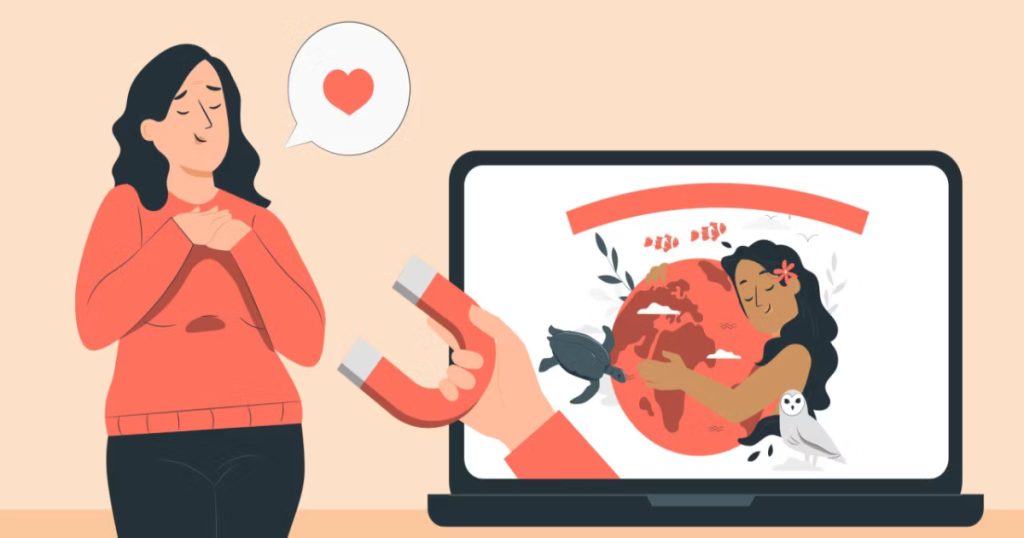
Emotions serve as a potent driver of human actions, and web designers have astutely recognized the paramount importance of creating emotional connections with users. In a digital landscape where choices are plentiful, capturing users’ hearts and minds goes beyond functional design; it delves into the realm of emotional design. This approach is dedicated to eliciting a spectrum of emotions, whether it’s a sense of joy, trust, excitement, or even nostalgia, through the careful orchestration of visuals, animations, and micro-interactions. By crafting emotionally resonant experiences, websites can transcend the realm of the ordinary, leaving an indelible mark on users and cultivating brand loyalty that goes beyond transactional interactions.
The significance of emotional design lies in its ability to elevate web experiences from mere transactions to memorable journeys. When users connect emotionally with a website or product, they are more likely to engage, return, and become advocates. Web designers employ a sophisticated array of techniques, such as relatable storytelling, captivating visuals, and intuitive micro-interactions, to evoke specific emotions. Whether it’s a heartwarming story that tugs at the user’s empathy or a delightful animation that sparks joy, the art of emotional design transforms websites into immersive, emotionally resonant spaces that foster not only user loyalty but a sense of belonging. In an era where personal connections with digital interfaces are becoming increasingly important, emotional design stands as a testament to the psychology behind creating web experiences that are truly unforgettable.
Final Thoughts
In conclusion, the psychology of web design is a profound exploration of human behavior and the principles that guide user interactions in the digital realm. By understanding the psychological factors at play, designers can craft web experiences that captivate, engage, and ultimately fulfill the needs and desires of users.
In this marriage of aesthetics and psychology, the art of web design transforms into a science that strives to create user-centric, emotionally resonant, and highly effective online experiences.
If you’re seeking to develop a beautiful and highly effective website for your business, don’t hesitate to get in touch with us to turn your vision into reality.






